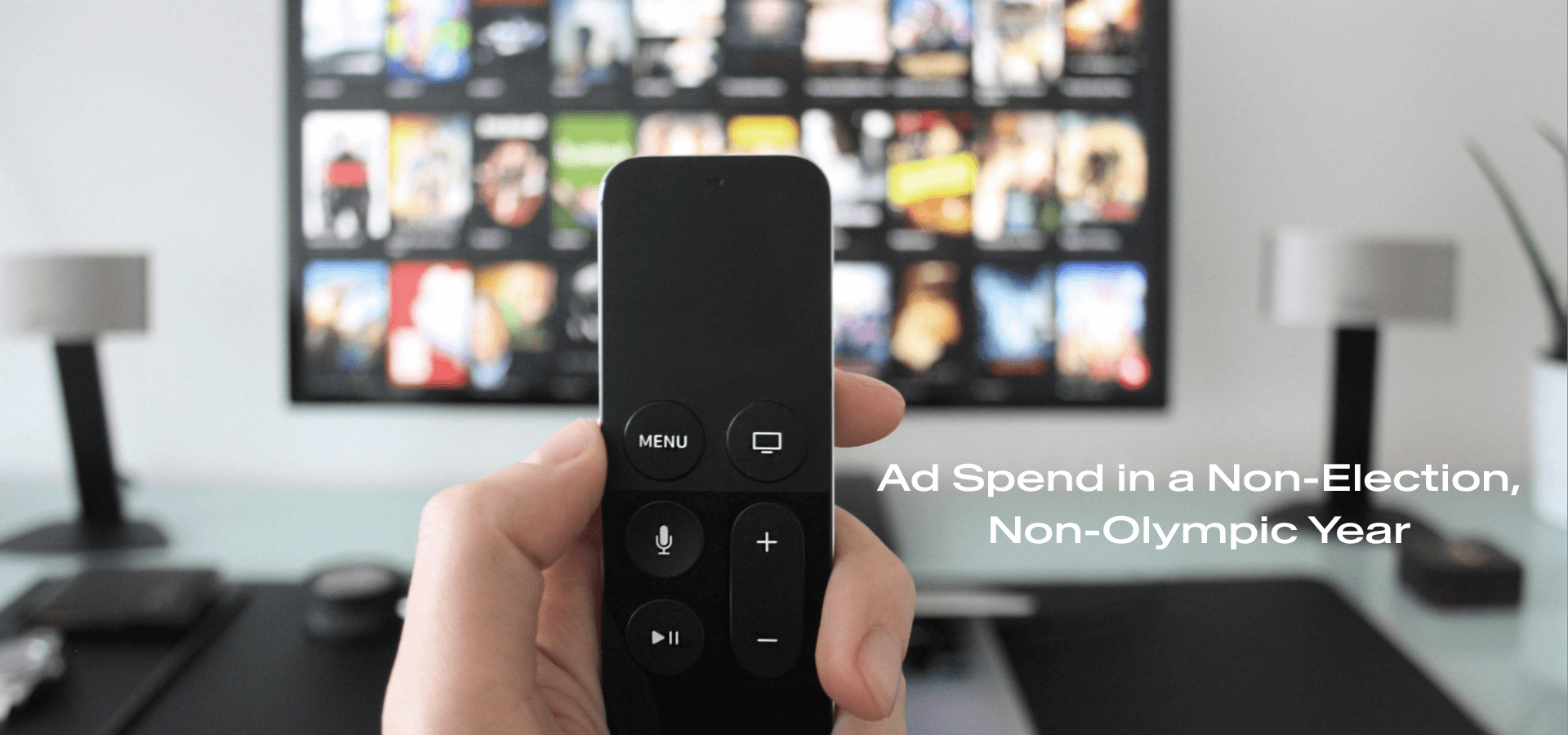When you ask someone the chances of a coin landing heads up, the immediate response might be “fifty-fifty” or “one-half.” At first glance, this answer seems straightforward—a reflection of the coin’s equal chances of landing on heads or tails. However, this simple question actually highlights a difference in perspectives: subjectivist vs. objectivist.
Understanding these views not only enriches our grasp of probability theory but also offers valuable insights into decision-making processes in various fields, including the dynamic world of marketing.
Objectivists
Objectivists view probability as a measure of the long-run frequency of events. According to this perspective, the statement about the coin reflects an inherent property of the coin itself. It suggests that, given a large number of flips, the coin will land on heads approximately half the time. This interpretation is deeply rooted in observation and experimentation, focusing on the external, physical world.
The objectivist view is important in areas where it is possible to repeat experiments under identical conditions to observe the frequency of outcomes. It’s used a lot in fields such as quality control in manufacturing, where probabilities help predict the occurrence of defects. Or in clinical trials, where they are used to assess the efficacy of new medications.
Subjectivists
On the other hand, subjectivists perceive probability as a degree of belief or confidence in an event’s occurrence based on available information. This viewpoint says “the probability of the coin coming up heads is one-half” expresses a belief about the likelihood of the event, contingent on the knowledge that the coin is fair. For subjectivists, probability is a flexible measure.
The subjectivist approach is great for decision-making under uncertainty. It Allows individuals and organizations to incorporate prior knowledge and update their beliefs with new evidence. This adaptability makes it invaluable in strategic planning and risk assessment, where definitive data may be scarce or evolving.
Subjectivist vs Objectivist Viewpoints in Marketing
In Marketing, understanding subjective vs objective viewpoints can significantly help with campaigns and messaging. Both probability theories are at the heart of crafting effective marketing strategies.
When it comes to digital and TV advertising, the objectivist perspective helps organizations analyze campaign performance through metrics like click-through rates, conversion rates, and other quantifiable indicators. By observing these metrics over numerous campaigns, we establish benchmarks and predict future campaign performances with greater accuracy.
Conversely, the subjectivist perspective empowers organizations to make informed predictions about market trends and consumer behavior, even in the absence of complete data. For instance, when launching a new product, you might not have historical data to predict its success accurately. The subjectivist perspective incorporates expert opinions, market research, and preliminary data to help adjust marketing strategies.
Subjectivist vs Objectivist Perspectives: Which to Use
Embracing both objectivist and subjectivist perspectives allows an organization to better navigate the market. It leads to a better understanding of consumer behavior, enhances the effectiveness of campaigns, and drives innovation in strategies.



